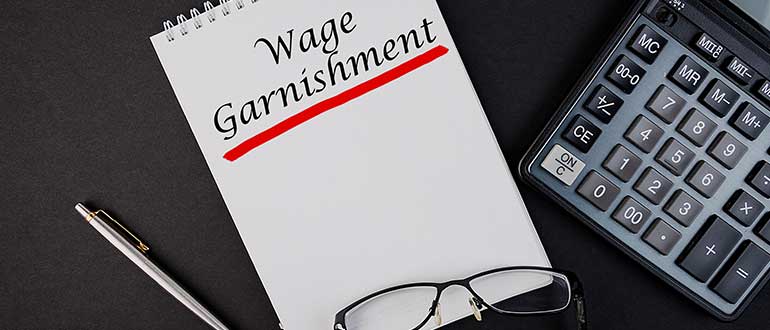
Garnishing wages can be complicated, but understanding how it works is essential for employers and employees. A wage garnishment is when a creditor is granted the right to deduct a portion of an employee’s wages to repay a debt. This blog will provide you the answer to the question, How do wage garnishments work? You’ll also learn key information on when they can be used and how they are calculated.
What Is a Wage Garnishment?
A court order usually initiates this type of debt collection, or another party owed money, such as a creditor or a collection agency. The amount of money withheld is determined by the court or creditor. It will depend on various factors, such as the type of debt, the individual’s income, and the state where the individual resides.
Wage garnishment can be a stressful and overwhelming experience. Still, you must understand your rights and the legal process to take the appropriate steps to protect yourself.
When Can You Use a Wage Garnishment?
It is a powerful tool that creditors use to ensure that debts are repaid and can be used for various debt-related issues. For a wage garnishment to be used, a creditor must obtain a court order to garnish the debtor’s wages.
This court order requires the debtor’s employer to withhold a specific portion of the debtor’s wages, as specified in the order, and to remit that money to the creditor. The amount of money that can be withheld is limited by federal and state law and can vary depending on the type of debt and the amount owed.
Wage garnishment can be used for various debt-related issues, including child support, tax debts, student loan debts, and other debts related to non-payment of services or goods. In most cases, a creditor must exhaust all other options for collecting debt before resorting to wage garnishment.
How Do You Calculate Wage Garnishments?
The first step in the process is for the creditor to calculate the debtor’s disposable income. This is the amount of money the debtor has left after all taxes, and other deductions have been removed from their paycheck.
Once the creditor calculates the disposable income, they will subtract any court-ordered payments and child support obligations. This leaves the creditor with the amount of money that can be garnished from the debtor’s wages.
The next step is for the creditor to determine the amount that can be taken from the debtor’s paycheck. Usually, a creditor can only take 25% of the debtor’s disposable income. If a debtor has multiple creditors, the amount that can be taken from the debtor’s paycheck is divided among the creditors. This means that if a debtor has three creditors, each creditor can take 8.3% of the debtor’s disposable income.
Finally, the creditor will calculate the amount garnished from the debtor’s wages. This amount is based on the debtor’s disposable income, the amount of money each creditor is entitled to, and the number of pay periods in the debtor’s pay cycle. Once the amount has been calculated, the creditor will inform the employer of the amount that must be garnished from the debtor’s paychecks.
Employer Responsibilities
As an employer, it is important to understand your responsibilities regarding wage garnishments. Wage garnishments occur when a court orders an employer to withhold a certain amount of an employee’s wages each pay period and send the money to a creditor.
Employers must comply with the legal requirements for wage garnishments, as failure can result in serious legal and financial consequences. When a wage garnishment is issued, employers must first calculate the amount to be withheld from each employee’s wages.
This amount is usually determined by multiplying the employee’s total wages by a certain percentage. The employer must then deduct the amount from each employee’s wages and send it to the appropriate creditor. It is important to note that employers are not allowed to terminate an employee because of wage garnishment.
Employee Rights
Employees have certain rights when it comes to wage garnishments. For example, employees have the right to be notified in writing of the garnishment and to receive a copy of the court order or other legal document authorizing the garnishment.
In addition, employees have the right to challenge the garnishment in court if they believe it is improper or excessive. Finally, employees have the right to receive a notice from their employer detailing the amount that was withheld from their wages and the creditor to whom it was sent.
We encourage you to contact Defense Tax today to benefit from the expertise of our tax professionals and receive assistance with your concerns regarding wage garnishments. Our team can negotiate on your behalf with the IRS or state tax board, potentially saving you significant time and stress. To schedule a free consultation with us, do not hesitate to contact us today.
